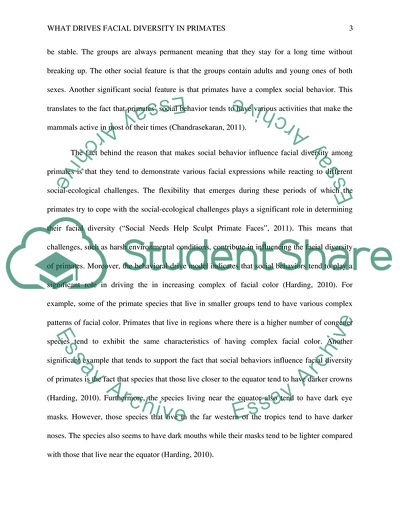Cite this document
(Facial Diversity in Primates Research Paper Example | Topics and Well Written Essays - 2000 words, n.d.)
Facial Diversity in Primates Research Paper Example | Topics and Well Written Essays - 2000 words. Retrieved from https://studentshare.org/biology/1774683-what-drives-facial-diversity-in-primates
Facial Diversity in Primates Research Paper Example | Topics and Well Written Essays - 2000 words. Retrieved from https://studentshare.org/biology/1774683-what-drives-facial-diversity-in-primates
(Facial Diversity in Primates Research Paper Example | Topics and Well Written Essays - 2000 Words)
Facial Diversity in Primates Research Paper Example | Topics and Well Written Essays - 2000 Words. https://studentshare.org/biology/1774683-what-drives-facial-diversity-in-primates.
Facial Diversity in Primates Research Paper Example | Topics and Well Written Essays - 2000 Words. https://studentshare.org/biology/1774683-what-drives-facial-diversity-in-primates.
“Facial Diversity in Primates Research Paper Example | Topics and Well Written Essays - 2000 Words”, n.d. https://studentshare.org/biology/1774683-what-drives-facial-diversity-in-primates.


